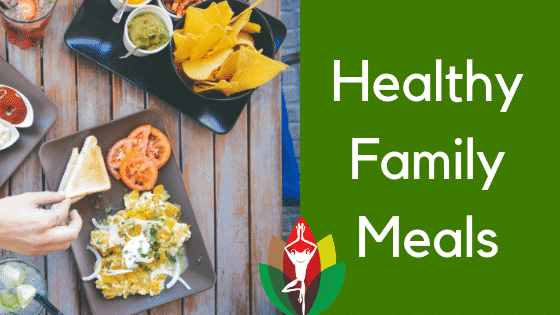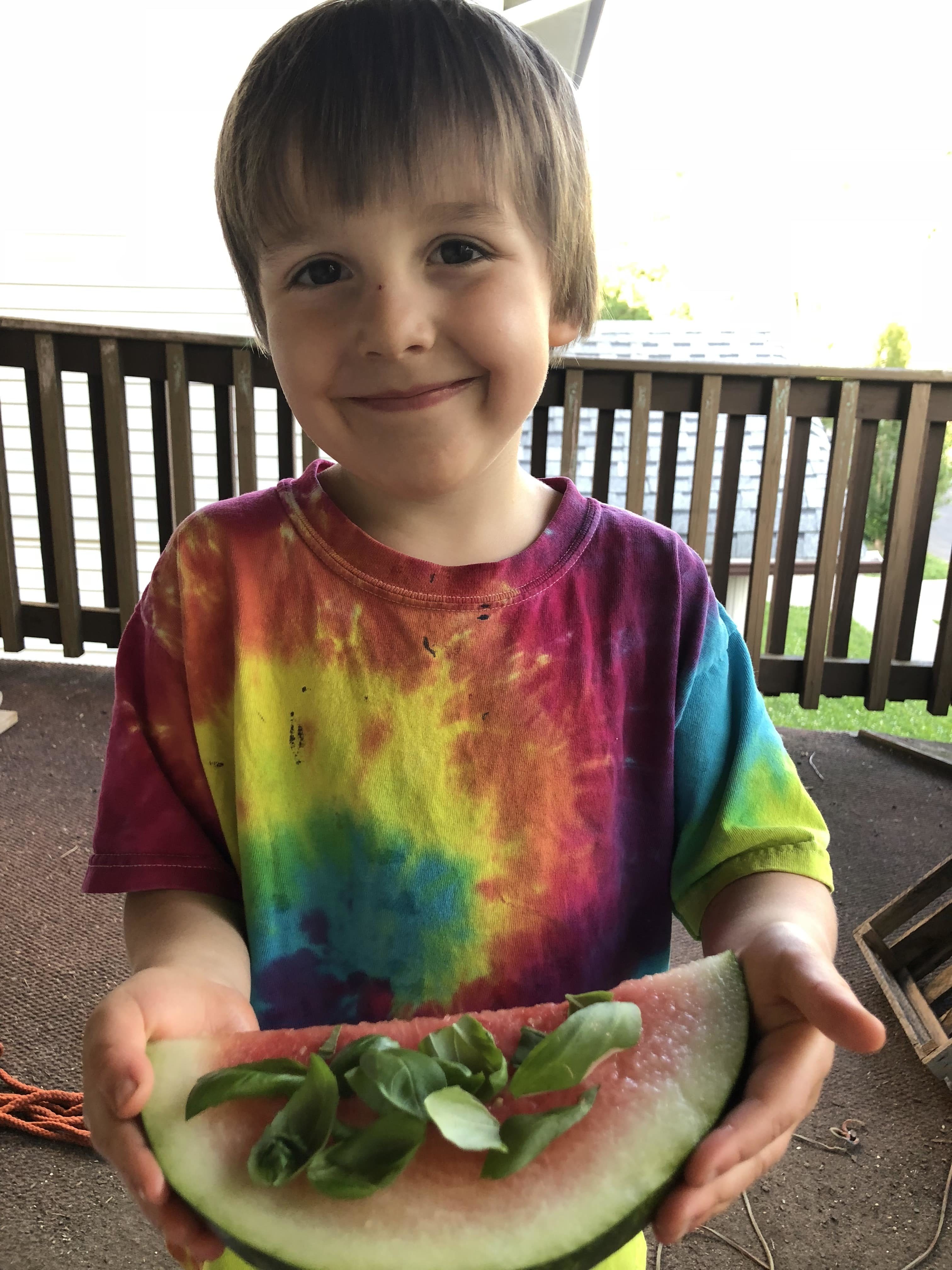We know how hard it is when you are trying to lose weight but your family either doesn’t need to or isn’t on board! So how do you go about making a great dinner and including the kids on your journey to eat better?
Here are our tips and a story we wanted to share!
- Make meals fun and model nutritional values such as taste buds changing every 3 weeks
- Make greens a priority in fun ways like smoothies, eating them first before yummier foods or calling them names like alien heads for brussel sprouts, trees for broccoli, and having tree eating contests.
- When we camp the first kids awake “get to” hand squeeze their orange juice before they get . . . whatever treat we bring to camp.
- We eat big hairy carrots everywhere . . . and make jokes about Larry the Hairy Carrot.
- Explore new fruits and veggies together like it is a big adventure!
We love this story by Dr. Susan Pierce Thompson:
| The other day a friend of mine expressed that she’s interested in Bright Line Eating and wants to move toward losing weight and getting healthier, but her family isn’t necessarily on board.
She knows that I have a husband and three young daughters, so she asked how I navigate providing food for my family. What a great question. First of all, I just want to say that raising healthy eaters is really challenging today, given our immersion in this toxic food culture. Kids are going to be exposed to all manner of junk food, and they’re going to love it. We’re all fundamentally wired to prefer refined carbohydrates over whole grains, and to light up when we taste blissful combinations of sugar, flour, salt, and fat. Furthermore, I believe that Bright Line Eating is a way of life we can choose for ourselves as adults, not a path we should require of kids. However, I just as firmly believe that I don’t have any hope of feeding my family well if I don’t feed myself well. The best thing I can be for my kids is not a short-order cook but a role model. I have found that I can be a role model of good eating habits whether my spouse or my kids are on board or not. It’s up to me. Once I change the food I put in my mouth, everything changes. That said, here are the principles that we try to follow in our home when it comes to food:
Here’s the most important part: once I have provided the meal and we’re all sitting down at the table, MY JOB ENDS. My job is to provide a variety of foods at regular meal times. My kids (and, of course, my spouse) decide WHAT, HOW MUCH, and even WHETHER to eat from what’s provided. Pressuring people to eat (especially little people) isn’t helpful, and it doesn’t work. It backfires. This means that I don’t comment on my kids’ selection of food, ask them to eat vegetables, tell them that they’re eating too much, or not enough, ask them to take a “no thank you bite,” or tell them they have to finish what they’ve put on their plate. If they eat nothing but white rice and Earth Balance Buttery Spread for dinner, so be it. If they eat nothing at all, so be it. They’ll make up for it at the next meal. What I find is that my kids have learned that I’m not going to pressure them about their eating, and this gives them the psychic space to sneak up on novel foods and try them at their own pace. It also ensures that mealtimes are pleasant and there’s no arguing about food. I’ll say it again. The most important thing about feeding kids is to lead by example. My daughters are fascinated by the way I eat. I believe that when they’re old enough, I’ll be able to teach them the reasons behind my choices and then they’ll be able to make decisions for themselves about how to nurture themselves with food. Most important, I provide an example of what it looks like to prioritize eating well at meal times and to leave food alone and live life in-between. What a great life skill to pass down! Susan Peirce Thompson, Ph.D. |
Looking for a customized weight loss or nutrition plan? We offer free consultations either by phone, in person or online. Book yours here!
Here’s to living happy, thin, and free,
The WholeFrog® Team


